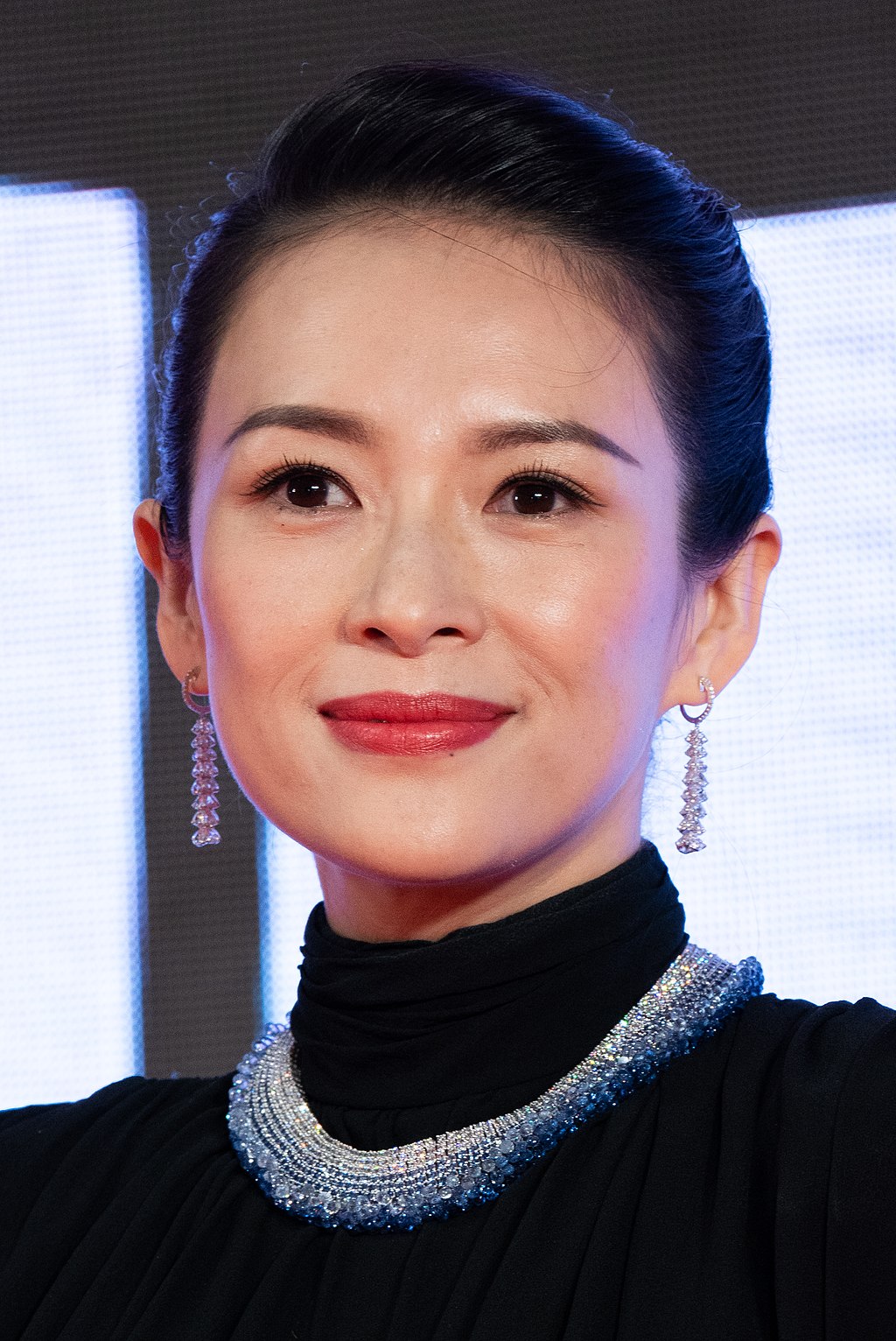Names: Name Structure
In China, the naming structure is deeply rooted in cultural traditions and familial values. A typical Chinese name consists of a family name (姓, xìng) followed by a given name (名, míng), with the family name being a single character and the given name usually comprising one or two characters. The family name, placed first, is inherited and shared among family members, signifying the importance of family and ancestral lineage in Chinese culture. The given name, chosen by parents, often carries significant meanings and is imbued with hopes or qualities they wish for their child. These names can reflect virtues, historical figures, poetic imagery, or elements of nature. The structure and choice of names in China are not only a means of personal identification but also express deeper familial connections, cultural values, and the rich linguistic nuances of Chinese characters, each bearing its own symbolic meaning.
Name Format / Sequence
Surname | Given Name
People in China typically have a surname (family name) followed by a given name.
Examples:
- Zhang Yimou, Chinese film director, producer, and writer (male)
- Zhang Ziyi, Chinese actress and model (female)
- Lao Tzu, philosopher and poet of ancient China (male)
- Yao Ming, Chinese former professional basketball player (male)
- Fu Mingxia, retired Chinese Olympic diver (female)
- Chou Tao, Chinese rhythmic gymnast (female)
- Liu Xiaobo, Chinese literary critic, writer, and human rights activist (male)
- Fei Junlong, Chinese military pilot and astronaut (male)
Surname
In China a child may receive either parent’s surname (family name), but usually the father’s. There are an estimated 4,000 surnames in China, and the vast majority (85 percent) of Chinese people have one of the top 100 surnames. Most surnames consist of one character (one syllable), but there are a small number of compound (double) surnames, such as Ouyang.
It is becoming increasingly common for Chinese people to reverse the order of their names when dealing with Westerners (for instance, in business relationships or when traveling abroad).
Examples:
- Wang
- Li
- Zhang
- Liu
- Chen
- Yang
- Huang
- Zhao
Given Name
Most people in China have one given name consisting of one or two syllables. When written in Chinese, each syllable is rendered as a character. When written in Romanized text, the two syllables may be combined, written separately, or joined with a hyphen (e.g., Dongfeng, Dong Feng, or Dong-Feng). Any of the thousands of Chinese characters may be used in various combinations to form a given name with a particular, often poetic, meaning (e.g., Dongfeng is a male name meaning “eastern wind”).
Parents usually choose two syllables that sound pleasing together, and although there are some unisex names, most are distinctly masculine (conveying qualities such as courage and strength) or feminine (evoking beauty and nature). Many female names, for instance, incorporate the syllable Mei, which can mean “plum blossom” or “beautiful” (e.g., Chunmei means “spring plum blossom,” Dongmei means “winter plum blossom,” and Meilin means “beautiful jade”). Syllables take on different meanings depending on the context; for instance, Qiang in a male name means “strong,” while in a female name it means “wild rose.” An example of a unisex name is Ping (peaceful).
Examples:
- Haitao (male)
- Weiguo (male)
- Zhijian (male)
- Caixia (female)
- Chunmai (female)
- Xiuying (female)
- Ling (male or female)
- Xuan (male or female)
- Wei (male or female)
Married / Maiden Name
Women in China do not take their husband’s surname when they marry.
Diminutives / Nicknames
Nicknames are used in China, but only in very informal situations. Chinese people may address close family members with just one syllable of his or her given name (e.g., Chen Xiuying’s friends might affectionately call her Xiu or Ying). Nicknames are also formed by adding the word xiao (little) before the second or only syllable of a given name (e.g., Chen Xiuying could be called Xiao Ying). In some rural and southern regions, the prefix A- is used along with the second syllable of the given name to connote familiarity (e.g., A-Ying). English is taught in all secondary schools; adopting an English name for class and continuing to use it as a nickname thereafter is common.
Spelling Variations
There are numerous dialects in China, the most common being Mandarin, followed by Cantonese. In addition, various systems can be used to transcribe Chinese characters into the Roman alphabet. As a result, Chinese names can have many spelling variations.
Examples:
- Zhang/Chang/Zoeng/Cheung
- Xu/Hsu/Hui/Hua/Tsui
- Liu/Liou/Lau/Liew
- Huang/Hwang/Wong
Forms of Address / Honorifics / Titles
People in China only address close friends and family members by their given name. Otherwise, the full name is used, even among friends. In more formal situations, a person may be addressed by his or her surname, followed by a title such as Xiansheng (Mr.). For instance, Gao Fengwen could be called Gao Xiansheng (Mr. Gao) by strangers and professional colleagues, Gao Fengwen by his acquaintances and friends, and Fengwen by his close friends. Other titles include Furen (Mrs.), Nushi (Ms.), and Xiaojie (Miss).
Married women keep their maiden surnames but often use the title Furen to indicate their marital status. Another title for married women, Taitai, is only used with the husband’s surname and thus is rarely used in mainland China today. Taitai is mainly used by older women who married and took their husband’s surname before 1950.
It is often considered more respectful to address a person by job title (such as Laoshi, meaning “teacher”) instead of Mr. or Ms. As with other titles, job titles are used after the surname. Therefore, a teacher named Gao Fengwen could be addressed as Gao Laoshi (Teacher Gao), or simply Laoshi. Other common professional titles include Yishen (doctor), Jiaoshou (professor), and Jingli (manager).
Examples:
- Zhang Furen (Mrs. Zhang)
- Zhang Nushi (Ms. Zhang)
- Zhang Jiaoshou (Professor Zhang)
Article written for World Trade Press by Anne Healey.
Copyright © 1993—2025 World Trade Press. All rights reserved.

 China
China 
